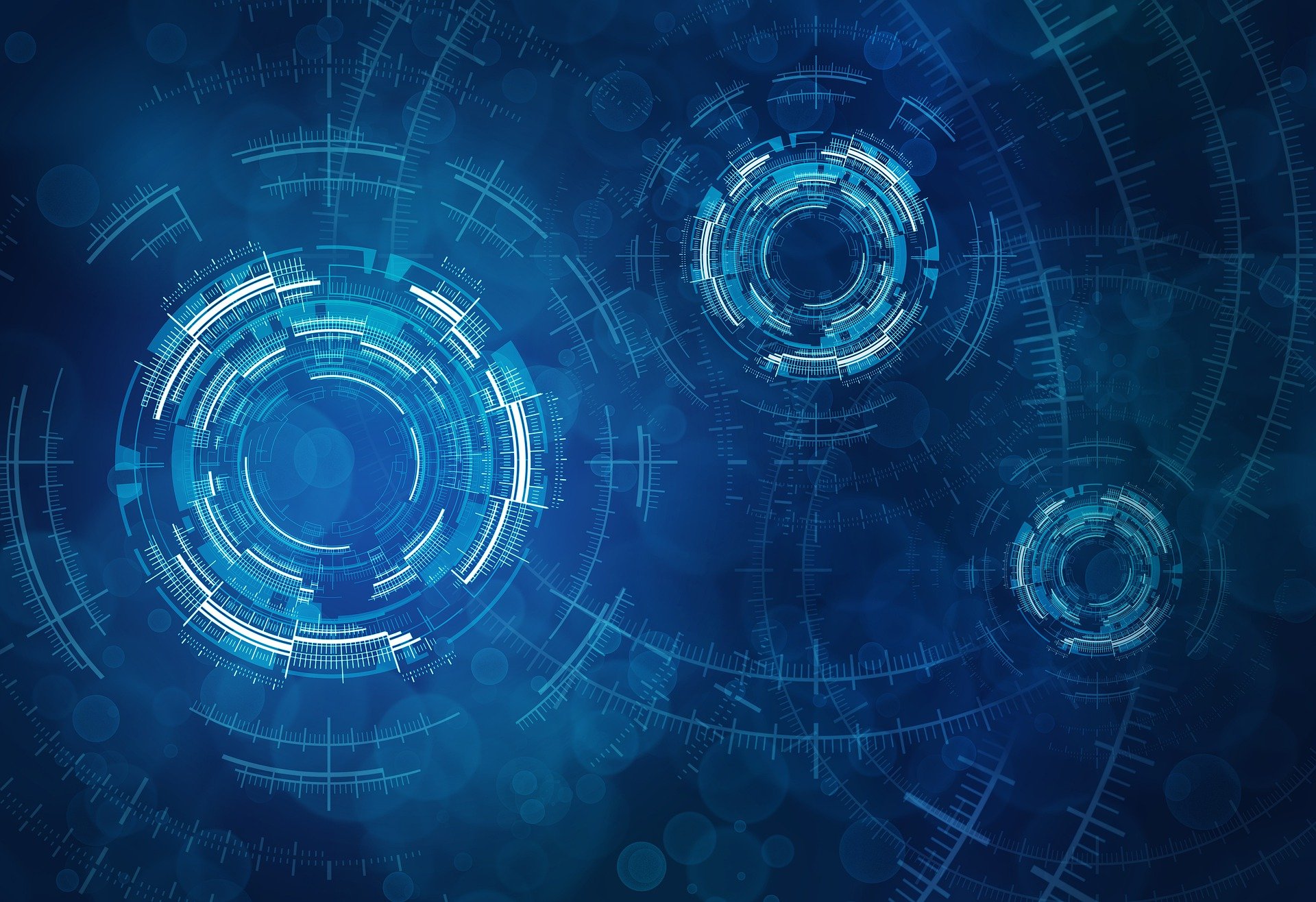Is R Analytics Difficult to Learn
Throughout the years, there have been millions of developments in technology. Think of the first mathematicians calculating taxes on an abacus or scientists like Galileo tracking the stars with a basic telescope. If you told those inventors that we now have computers that make calculations in seconds and that a man has walked on the moon, they may not have believed you. Hundreds of years later, we’re right in the middle of a digital revolution. Computers and software rule all and are a vital part of any business operations.
At first, many software programs were developed specifically for the statisticians and data scientists that were involved in their creation. But with so many people relying on these systems, it’s more important than ever to make them accessible for all. Programming language is one of those areas that may still seem confusing if you aren’t familiar with how the technology works. R analytics is a system working to bridge the gap and make it easier for all employees and users to harness the power of their data. Let’s dive deeper into what R programs are and how difficult that is to learn and implement.
What is R analytic software?
Before you try to implement a new software program or statistical analysis, it’s important to understand exactly what the program is. R analytics is a data analytics platform that uses an open-source language for data mining and statistical analysis. Compute your data and stats into better graphics with unique algorithms and open-source models. When you use this common language and software, you can identify patterns and find ways to improve future software solutions. This graph interface is publication-ready and can store reusable data for the future. Take advantage of your statistics to make better business decisions down the line to gain that competitiveness.
Historically, R programs were created for statisticians.
When R analytics first came about, it was mainly used by statisticians and advanced data scientists. The programs were developed with specific language and models. Now, this programming is used a lot in college and university settings to make it more accessible to a younger generation. With the help of tutorials and data visualization, so many more people can understand their big data in these statistical models.
R software transforms your data for easier access.
The right software programs act as a translator to help you understand your data in better ways. R analytics does just this to allow easier access for many people to harness data models for better business decisions. When implemented correctly, R programs will simply be a part of other data analytics platforms that you use every day. The R programming will help you see metrics for predictive analytics, forecasting, data mining, and so much more. One of the biggest benefits of R systems is transforming your system into more of a democracy. Allow all your users to better access the logistics of each data set when you create more advanced statistical computing in simple ways.
Utilize a common language to improve your data.
Integration is an important piece of your data analytics platforms. R programming language provides that common ground for your systems to communicate in a similar language. Improve your data by making practical models that are easy to understand and connect to the other areas of your organization.
What are the benefits of R program analytics?
Once you decide to implement R software, there are plenty of benefits you can expect to enjoy. Get deeper insights automatically without manually having to organize your data sets. Overall, this is a great way to leverage your big data in more succinct ways to make smarter business decisions for your future.

